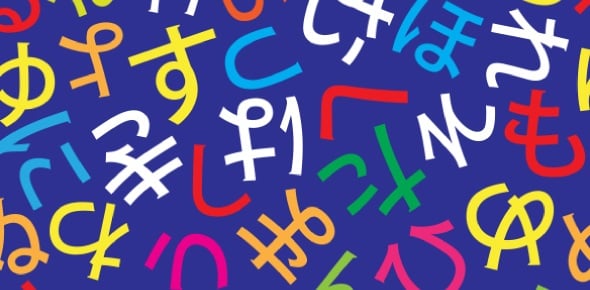Japanese Chapter 1: Time,Hiragana,Culture,And Basic Grammar.
- CEFR
- ACTFL
2.
You may optionally provide this to label your report, leaderboard, or certificate.
Submit
Submit
Submit
×
Thank you for your feedback!
















